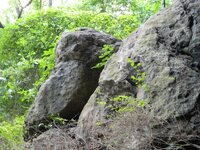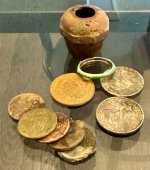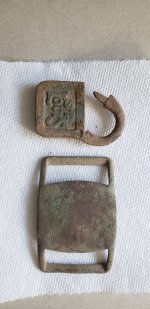http://books.google.com/books?id=t0...OKIe4adMV-02fNlyHg&ci=110,111,818,1210&edge=0
Ancient Egypt, the Light of the World: A Work of Reclamation and Restitution ... - Gerald Massey - Google Books
You'll be waiting a long time to see a "spanish" explanation of the turtle......other than somebody was guessing and just made something up then wrote a book about it.
Ancient Egypt, the Light of the World: A Work of Reclamation and Restitution ... - Gerald Massey - Google Books
You'll be waiting a long time to see a "spanish" explanation of the turtle......other than somebody was guessing and just made something up then wrote a book about it.







